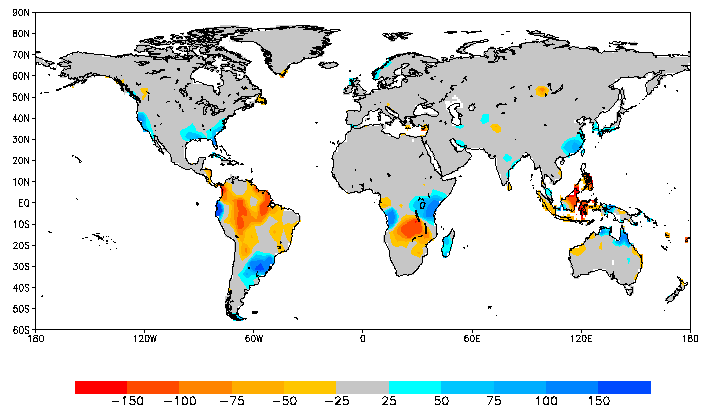 > English > Climate Encyclopaedia > Weather > more > 2. Major wind systems > * Worksheet 2
> English > Climate Encyclopaedia > Weather > more > 2. Major wind systems > * Worksheet 2
|
|
||
|
WeatherRead more |
|
|
You have read about El Niño and La Niña in the weather section: basics - Circulation Systems - El Nino Now let's have a look at La Niña: El Niño is world famous, not so the other extreme of the oscillation: La Niña who brings colder sea surface temperatures. And the third phase of ENSO is neither La Niña nor El Niño, just normal average. Do you remember the facts (years 1950 to 1997)? |
|
||||||||||||||||||||||||||||||||||||||||||||||||||||||||||||||||||||||||||
|
The Southern Oscillation IndexFor this exercise you should have read the text about El Nino & SOI. Exercise :Here you can find the latest data Source: Print out the data of the missing years. Now you should download the worksheet and draw the new data into the graphic. |
 |
|
1. The Southern Oscillation Index, data by BOM, author: Bildungszentrum Marktdorf, Project group ENSO (Source: http://www.enso.info/lexikon.html#ninodef)
|
Deviation of the average amount of rainfall (1961-1990) in mm in winter (December, January, February) 1997/98
|
 |
|
2. Deviation of the average amount of rainfall
|
|
|
|
Exercise: What are the consequences in those regions?
|
About this page:- Author: Dr. Schrettenbrunner - University of Nürnberg - Germany
|
